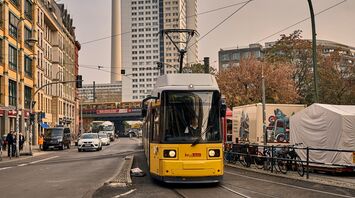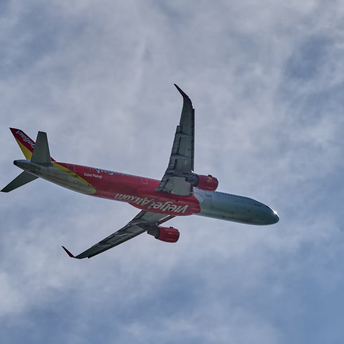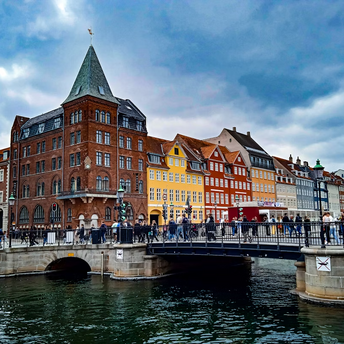Public Transport in Europe: Where Comfort Awaits and Where Disappointment Looms?

Public transport plays a crucial role in shaping the urban experience for both residents and tourists traveling across Europe. Recent studies show that satisfaction with transport systems varies significantly depending on the region and city, creating different conditions for getting around, both for locals and visitors.
Varying Levels of Satisfaction
Seven out of ten Europeans report being content with the public transport system available to them, though this general statistic conceals substantial variations. Higher levels of satisfaction are observed in Northern and Western Europe, where public transport services are perceived as more secure, accessible, and dependable. For example, in cities such as Vienna, approval ratings soar to 91%. However, in Southern and Eastern Europe, the situation is quite different — levels of satisfaction are notably lower. A notable example is Tirana, where only 29% of the population shows contentment with the local transport network.
These variations become even more pronounced in smaller cities. In Zurich, Switzerland, a non-capital city, the satisfaction rate is an impressive 95%, while in Parma, Italy, it falls to a modest 22%.
Challenges in Rome
Rome, a top-tier tourist destination, ranks among the cities with the poorest public transport evaluations in Europe. Less than half of its residents feel that the transport system is secure, which could raise concerns for travelers planning to use buses or the metro. Additionally, there are ongoing issues with the availability and regularity of public transportation, which might affect the ease and convenience of navigating the city.
For travelers planning trips across Europe, it is crucial to be mindful of the differing standards of public transport across regions. Cities with higher satisfaction scores, such as Vienna and Zurich, provide safer and more trustworthy services, whereas cities with lower scores, such as Rome and Tirana, may necessitate more careful planning and the consideration of alternative transportation methods.



















